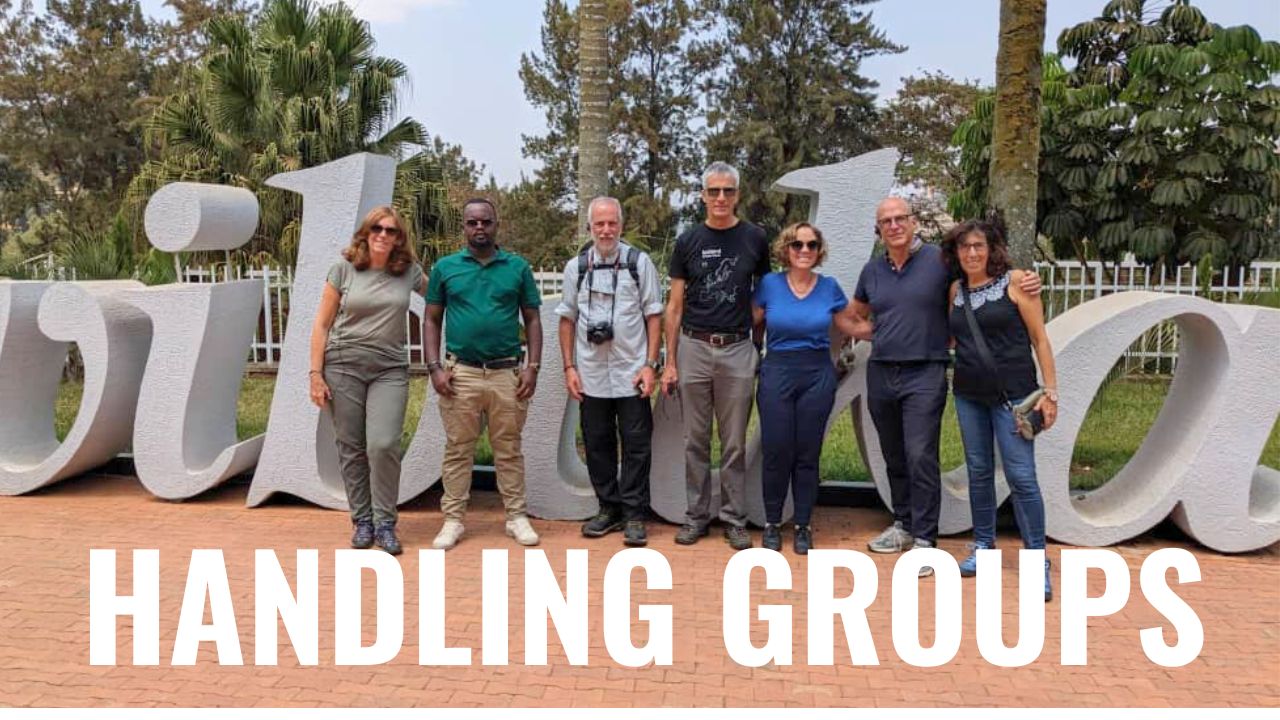Tourism Environmental Plans

We draw and implement Tourism Environmental Plans for regions or areas on a specified project. A Tourism environmental aspect’ is an element of an organization’s activities, products, or services that has or can incur an impact on the environment, both the natural environment and people. Environmental impacts arise from pressures generated by environmental aspects, such as the emission of greenhouse gases or air pollution
Any area with a tourism resource base is at risk as a consequence of weaknesses in the system of planning and environmental management. The success of future tourism plans is therefore dependent on the commitment to physical planning and control by Authorities Government, and other key stakeholders, and a partnership approach being forged between the public and private sectors. The tourism industry is environment and nature-based. The Conservation and protection of the environment is a priority for all stakeholders in the sector using approved and well-crafted Tourism Environmental plans
Consider our well-documented and detailed Tourism Environmental Plans that give full management control, and can thus influence directly. We highlight indirect environmental aspects that the organization does not have full management control, over and thus cannot influence directly. These may include aspects related to products used, transportation, and other factors in the supply chain. Although these aspects may not be within the direct control of the accommodation facility operators, they can still have significant implications for the environmental impacts of the services, seen from a life-cycle perspective.
In the Tourism Environmental Plans, we break down Tourist behavior, including customer choice, is an important indirect aspect over which tourism actors may have some control (e.g. through the provision of information, incentives, facilities, etc.). Indirect aspects can be addressed via dialogue with the responsible actors.
Local Environmental Burdens
We indicate the local environmental burdens on a tourism project that you wish to invest in. Tourism is concentrated in areas of high nature value, such as national parks, that support rich or unique biodiversity. Biodiversity may be categorized into three levels: (i) genetic diversity; (ii) species diversity; (iii) ecosystem level diversity referring to habitats and landscapes. Thus, biodiversity is integral to the ecosystems and natural features that underpin tourism, and the long-term success of many tourism destinations is critically dependent upon good planning and biodiversity conservation. Yet there are many examples of poorly managed tourism development leading to negative impacts on biodiversity via the following mechanisms:
- Infrastructure-related development, mainly financed and managed at the governmental level, including roads, railways, airports, trails, water sourcing and treatment facilities, energy production and distribution, and waste management;
- Construction of tourism facilities, such as accommodation and meeting structures, catering, shopping centers, marinas, and administrative facilities;
- Indirect developments from tourism, such as urban development for employee housing; secondary real estate, such as tourist homes; and urban sprawl;
- Indirect influences on economic trade, such as changes in trade flows and economic activity, changes in management practices, and changes in conservation-related investments.


